On the evening of July 30, Mr. Pham Phu Ngoc, Director of the Hoi An Cultural Heritage Management and Conservation Center (Hoi An City, Quang Nam ), said that after receiving comments from residents and tourists, the city decided to re-paint the Cau Pagoda by adjusting the color to a lighter color than the red color in front and behind the Cau Pagoda, and the side will be repainted a darker color than the current white color.
However, up to now Hoi An City has a different handling direction.

Construction unit re-processed the white beam position under the railing of the Japanese Covered Bridge.
“After that, we met and agreed that red was the original color that was only whitewashed, so the color faded very quickly and we would not adjust this paint color anymore, but would keep it the same,” said Mr. Ngoc.
Mr. Ngoc said that today, July 30, the construction unit has re-processed some small details on the wooden beams and the white beam position under the railing of the Japanese Covered Bridge by painting it with white primer to make it darker than the current white color. As for the color of the Japanese Covered Bridge, there will be no change.
According to Mr. Ngoc, the solution to organize the restoration of the Cau Pagoda relic was carried out in an exemplary manner, applying all the procedures and construction solutions in a systematic, scientific manner , in accordance with the procedures for restoration and preservation of wooden relics that have been evaluated, filtered, and summarized from practice.
The restoration of the Japanese Covered Bridge relic involved the participation of many leading Vietnamese experts, architects, engineers, and archaeologists. In addition, Hoi An City also cooperated with Japanese experts in the consultation program.
The 'no counterfeiting' principle
Mr. Nguyen Van Son, Chairman of Hoi An City People's Committee, said that an issue that always receives the attention of those who love architectural heritage in general, the Cau Pagoda relic in particular, and is also the concern of those directly implementing the project: How can the Cau Pagoda still retain its ancient features after this major restoration?

After processing, the color is darker than the previous white color.
Accordingly, the final color after restoration of the Japanese Covered Bridge was decided to keep the original color of all wooden structures, including decorative carvings, horizontal lacquered boards, parallel sentences, without any additional painting. Newly replaced structures or reinforcement components were only coated with colorless preservatives. Similarly, the body of the abutments and piers was also completely kept intact, without any color intervention.
The walls and roof decorations in particular need to be restored, as they are almost completely faded.
According to Mr. Son, there are also opinions that the color tones and shades should be chosen to be closest to the image before the restoration, or to make the Japanese Covered Bridge less "new". However, this is not consistent with the viewpoint and principle of "no counterfeiting" that the project has proposed, especially leading to concerns that it will distort the original elements, causing confusion, affecting the results of future research.

The bridge pagoda after restoration
In fact, the color of the roof decoration system of the Japanese Covered Bridge was restored based on the original color of some existing locations, combined with the results of research and surveys of similar traditional religious works in Hoi An as suggested by experts through consultations and discussions.
The Chairman of Hoi An City People's Committee affirmed that the restoration of color, no matter what, cannot avoid making the relic look "new", but the more important thing is to preserve the originality, ensuring the principles in the restoration of the relic, in accordance with the inherent nature of the relic.
As Thanh Nien reported, the new look of the Japanese Covered Bridge after the major restoration has received mixed opinions from the public. Many people believe that the restoration, especially the paint color, has made the Japanese Covered Bridge “less ancient”, the relic becomes strange compared to before. However, many people also praised the work after the restoration for still retaining its original appearance, but as for the “antiquity”, over time it will be covered with moss again.



![[Photo] 60th Anniversary of the Founding of the Vietnam Association of Photographic Artists](/_next/image?url=https%3A%2F%2Fvphoto.vietnam.vn%2Fthumb%2F1200x675%2Fvietnam%2Fresource%2FIMAGE%2F2025%2F12%2F05%2F1764935864512_a1-bnd-0841-9740-jpg.webp&w=3840&q=75)
![[Photo] National Assembly Chairman Tran Thanh Man attends the VinFuture 2025 Award Ceremony](/_next/image?url=https%3A%2F%2Fvphoto.vietnam.vn%2Fthumb%2F1200x675%2Fvietnam%2Fresource%2FIMAGE%2F2025%2F12%2F05%2F1764951162416_2628509768338816493-6995-jpg.webp&w=3840&q=75)



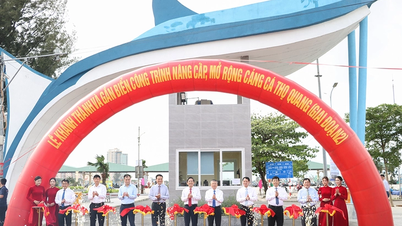





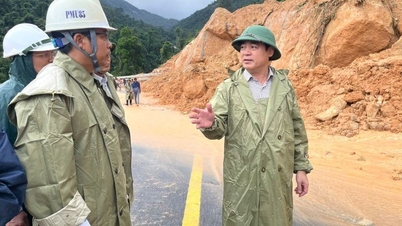

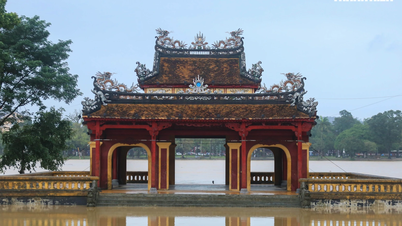





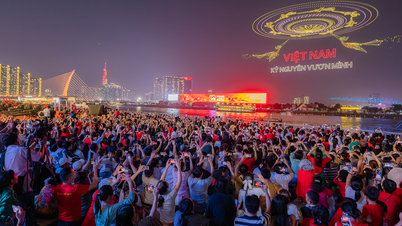


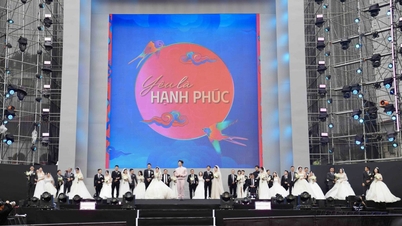

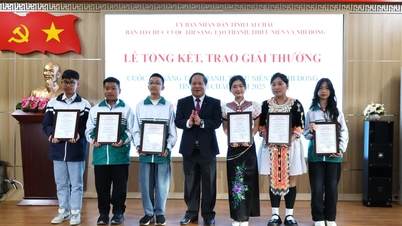

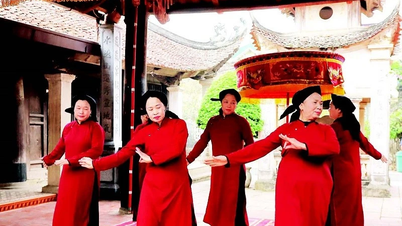
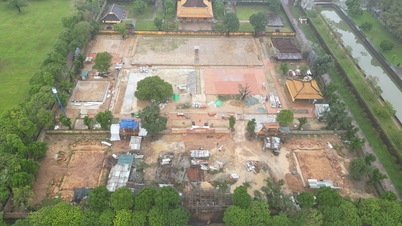

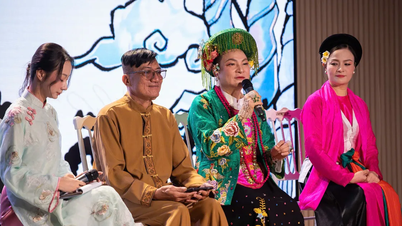




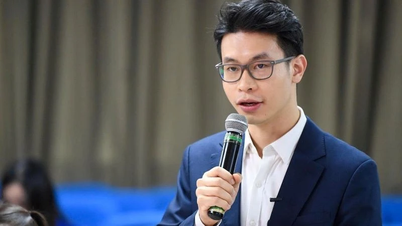


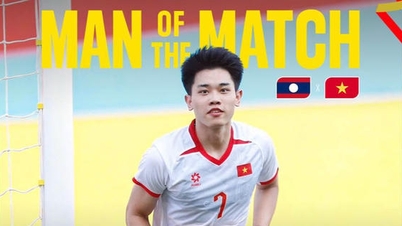






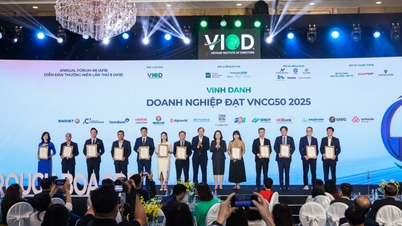


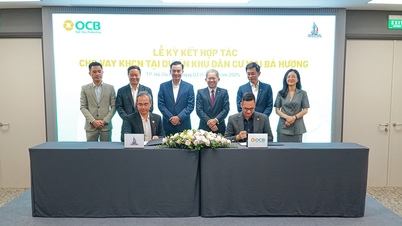






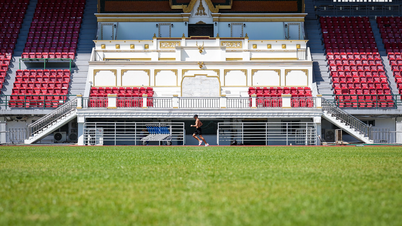


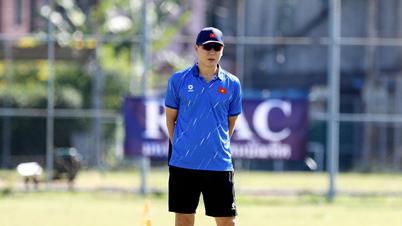







































Comment (0)